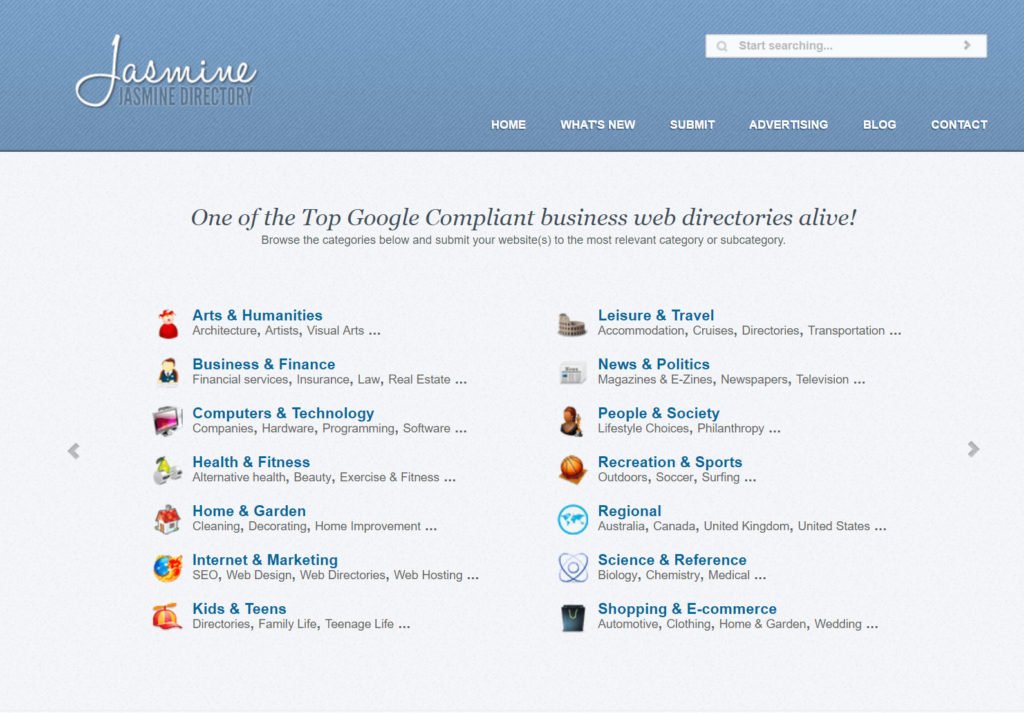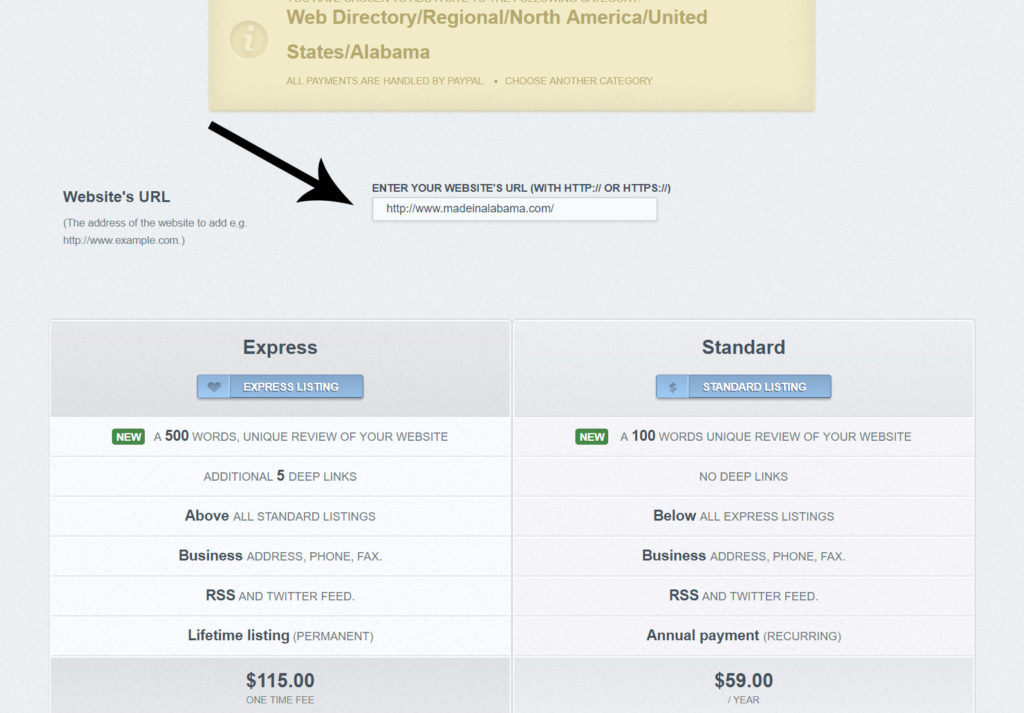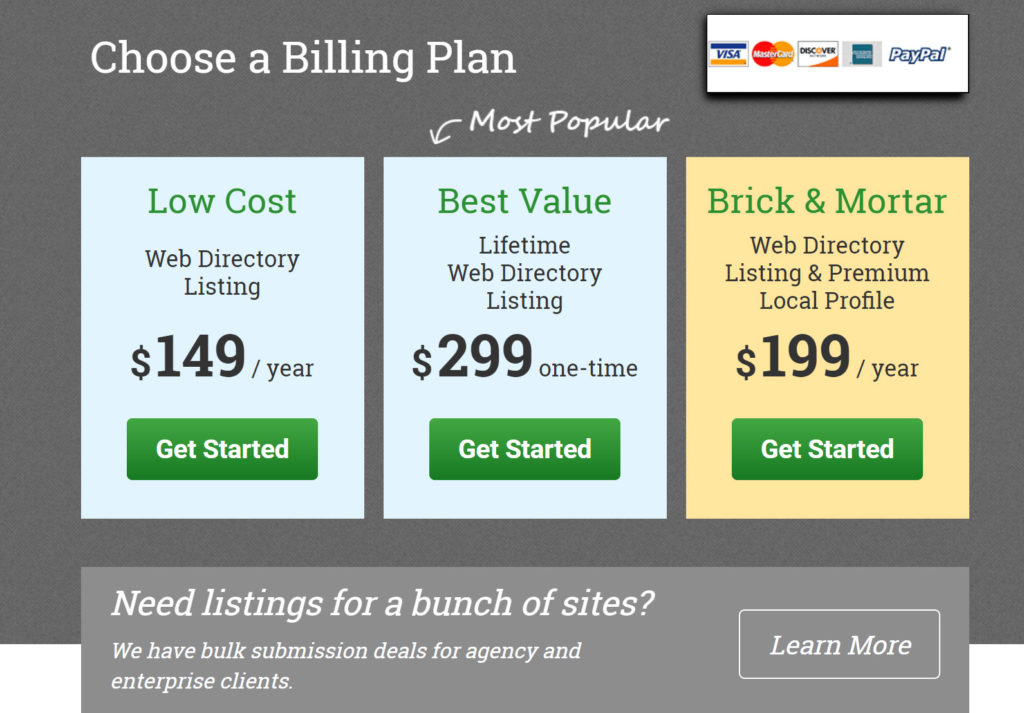With modern technology, we have the advantage of seeing how historical cycles operate, as trends and products pass from being fresh and innovative to silly and antiquated in a few years or even months. Often our perceptions change rather than the objects themselves. We don’t live in the 90’s waiting for an affordable 40MB hard drive anymore, and the whole bygone era of Geocities and blinking text—and web directories—can be considered outdated in the common mind. In the case of web directories, it is worthwhile to examine that assumption.
Like any business owner, or if you are just trying to find references, I’m sure you have come across the word ‘web directories’. For the first timers and also some of the other webmasters who are a little new to this vocabulary, this article is in your best interest. Quite many individuals don’t understand how these web directories help towards the reputation of a business or a website.
Web Directories are a list of websites that have been put together by a human. This is much like the reviews of products on different platforms but now it is more focused on websites and businesses. Sometimes people confuse web directories with search engines. A search engine, on the other hand, is a system that lists the websites related to a specific keyword typed into the search engine. The system is automated. This clearly separates the two terms hence giving you a better understanding of both.
SEO: How times have changed
Almost all web directories were beneficial at first. The environment was different in the 1990’s … for a little while the ‘Wild West’ analogy could be applied, but in this case, the land grabbers were still a fairly small group of ‘webmasters’ and various adepts. Web directories were outposts of publicity and exposure in a time of Prodigy and other corporate-planned communities. To even know there was such a thing as a web directory put you in the elite.
Web directories meet the free market
The online space was soon found out by black-hat marketers. Their arrival was signaled by early blights of spam email and spam comments and spam sites. Web directories were discovered by their zombie corps and quickly parasitized. Inadequate search algorithms let the dogs in and soon–their reputations eaten by teeming spam larva–these shredded web directories hung uselessly in online space as warnings of folly.
Even today many web directories essentially function as link farms, where marketers can paste links en masse to multiple sites.
This is not what you want to do.
The Search Engine Crackdown
Google and other search engines improved their filtering and weighing of links, and many web directories lost their standings. Since directory spam is a known and highly discouraged tactic by search engines, there is no positive reason to go that route.
Some web directories, however, have been reformed as reputable services – for a price. These sites can provide some benefit; though, again, not as much as when the concept of web directories was new. More recently, certain web directory sites have been selected to influence organic search results. Whether this is a concession or a change, of course, is not yet clear.
How to Choose a Web Directory
If you are a business owner or representative, there are several important directories to list with, including Yelp and Yellow Pages. Entry in these directories is a basic requirement for local businesses that are serious about SEO. If you have a budget, these sites have premium services that may help your site’s ranking.
For site owners without a business, or others looking for targeted and reputable directories, there are several important criteria to keep in mind as you evaluate your candidates.
The most important qualification is compliance with Google’s TOS. Sites in violation of these rules are counterproductive for SEO uses.
Editorial discretion should be active and of high quality and targeted to end users. Most reputable web directories will edit your listing for professionalism and objective value to its readers, and place your listing in the most relevant niche category.
Site design and presentation of listings should be clean and businesslike. Additional elements such as images, video, category descriptions, forums, etc. are welcome enhancements that signal an engaged administrator.
Minimal percentage of dead links, which include parked domains, 404s, and other out-of-service URLs. Basic directory maintenance signals a legitimate, active site.
Domain Authority, which is attributed by MOZ. DA, as webmasters abbreviate it, daily stands for the old PR (Page Rank). So, a Domain Authority of 50+ is something that you should look for.
Let’s discuss a bit about the best web directories of 2018 you should consider for your website or business. Here is a list of some of the web directories that are Google compliant and they’re considered by various industry experts as being beneficial for SEO. Each of the following are reputable web directories that are compliant with Google’s rules, as explained by Matt Cutts: Are paid directories held to the same standards as paid links?. This list is possibly one of the shortest you’ll find online but we vouch for it.
Top Directories to Check Out
DirJournal (dirjournal.com)
Founded in 2007, DirJournal undergone various improvements over time getting to be one of the most acclaimed directories. It exerts strong editorial control over the descriptions and classifications of your site. Created with SEO in mind, the design and onsite communications are straightforward and commercially focused. It is very much what someone would expect when they think about a modern business-oriented directory site. With a similar design to something like PayPal, it screams “corporate”. This isn’t necessarily a bad thing if you’re a business though.
DirJournal has four plans: Regular yearly at $59.95, featured yearly at $99.95, regular permanent at $159.95 and featured permanently at $249.95.
All of these listings have their strengths and weaknesses. At the end of the day, most available categories are available across the board. It really all comes down to what kind of image you want to associate your site with and what type of people you hope are searching for you.
Business owners may claim their already added businesses and enhance then further. Users can report broken links or inaccurate data as well as review a specific business they have interacted with (much like on Yelp).
Jasmine directory (jasminedirectory.com)
Started in 2009 as a university project in EU, Jasmine Directory is one of the select set of Google compliant web directories. The entries, consisting of a mix of manually added educational references, major informative and news portals, hand-picked notable businesses – all listed in topic and region based categories. The layout is clean and there is a search function which enables visitors to search specific resources inside the directory by inputting a keyword.
The website is available in English hence it reaches a vast audience. As far as I can see, by browsing through its fourteen categories, its editorial team added educational and governmental related resources (websites) as well many others. In almost every category there are listed resources pointing towards related Wikipedia articles, organizations, news sites, magazines. Obviously, there are resources suggested by their users as well.
Sub-categories are available for each main category which improves the users’ experience while browsing the directory as well as helps structuring the entered data. Each category is described by making use of the left sidebar, however, all descriptions are quite accurate, many of them being a few hundred words on-topic articles.
If a user wants to suggest his business or website for inclusion in the directory, he/she needs to select a suitable category or subcategory than just hit the “Submit” button:
The user is automatically forwarded to a suggestion fee payment plan:
After choosing the payment plan, a wide range of information can be added: the title of the suggested resource, an objective description, deep links to inner pages, businesses’ physical address, phone number, fax and social media profiles.
Moving forward, the resource will be reviewed in about 2-3 days as per the directory’s TOS. Bare in mind if the editors will feel like you’re trying to spam rather than list a resource, they might rewrite your description or even reject your submission (the good news is your fee will be automatically refunded).
If the listing is accepted, it will have a separate page where a thumbnail of the homepage will be featured, the added description, the URL and businesses’ listings are enhanced with Google Maps location, Twitter feed, and other features.
The headquarters of this directory is in Valley Cottage, New York.
Best of The Web (BOTW.org)
Billing itself as “the web’s oldest and most trusted directory” it is certainly among the most expensive. BOTW organizes its entries into 15 topics with numerous sub-categories and a selection of regional links. Best of the Web has been operational since 1994 hence making it one of the few oldest web directories on the internet. The current President of the organization is Greg Hartnett. The platform provides a comprehensive directory of websites that are well organized and rich with content. This platform offers meaningful search improvements that increase the traffic to its websites. Its layout is the simplest possible, yet clean.
Getting your website listed on this platform is quite easy. Navigate to the “submit site” option on the platform, add the relevant details and let the editors team take care of the rest. The site is reputable, and the cost might be worthwhile if you are a start-up or otherwise in need of attention. The “low cost” option is $149 annually; rates increase from there.
The editors are charged with reviewing each site submitted then categorizing it to its relevant area. The platform also offers multiple pricing choices. Additionally, they also have an option for bulk orders from either agencies or enterprises.
Our Wrap-Up
Anyone who was a heavy internet user in the old days probably had plenty of experiences with these web directories and may have been shocked to find out such things still endure to this very day. This is unsurprising, considering they largely lurked unnoticed for quite some time. It’s only with modern, pioneering SEO strategies that these directories are getting a second look from a lot of people.
Sometimes something being “obsolete” doesn’t mean it’s entirely useful. “Withered tech” as some call it, has often found a new purpose even as more sophisticated things move in to replace them in their original niches.
These three directories are all more than Google compliant per Matt Cutt’s famous web directory video. These directory sites thrive even now, in the face of what most would think of as far superior technology. In all reality, though, they compliment this modern technology, providing a secondary search tool for those who love narrower searches and some improvements SEO wide for webmasters and business owners.











